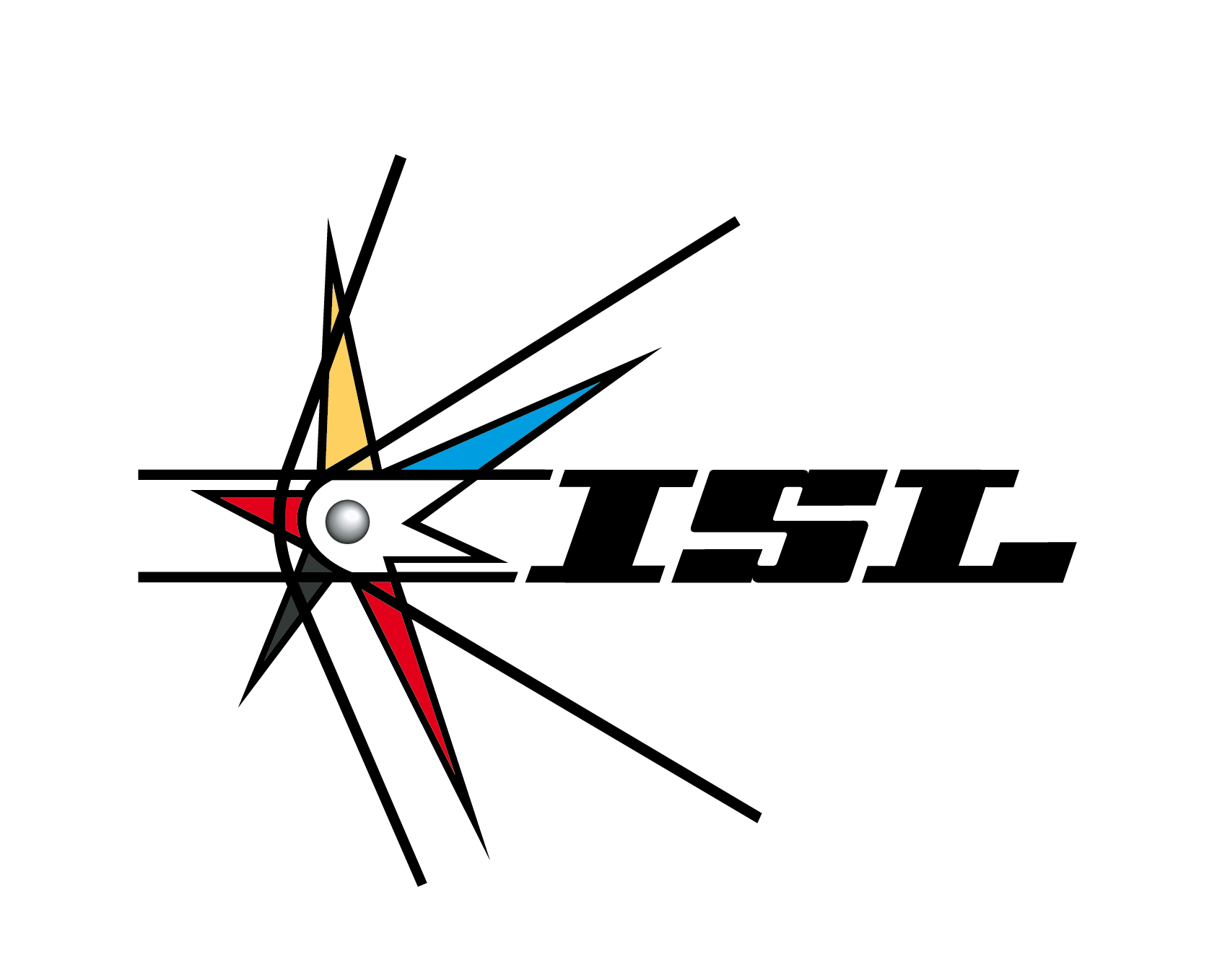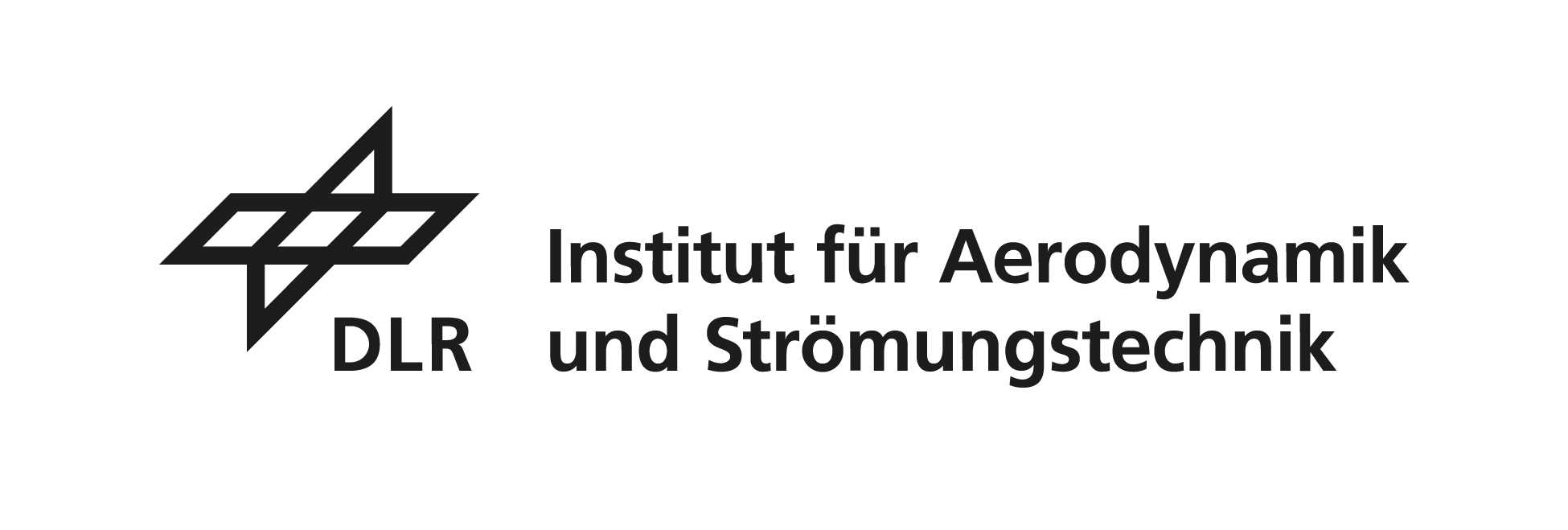Improved Hypersonic Defense Procedures: Fraunhofer FHR Investigates Hypersonic Effects on Radar Signatures
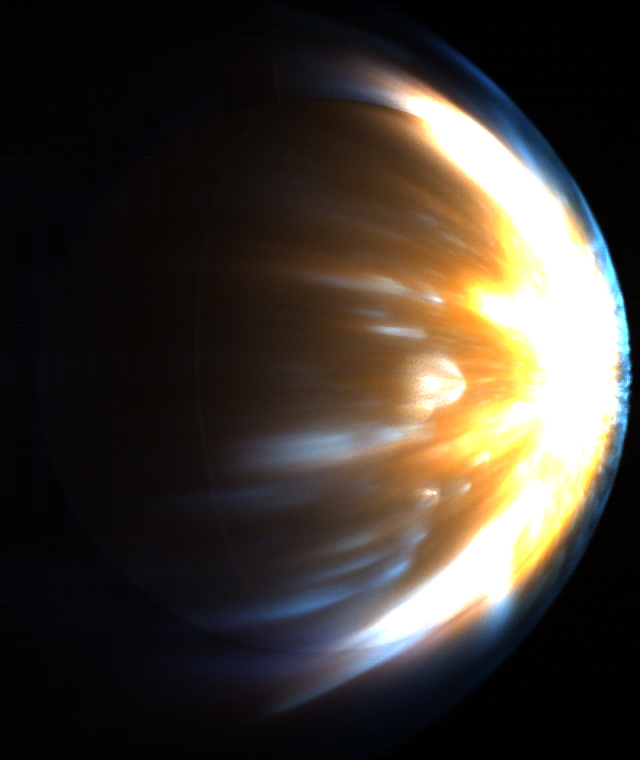
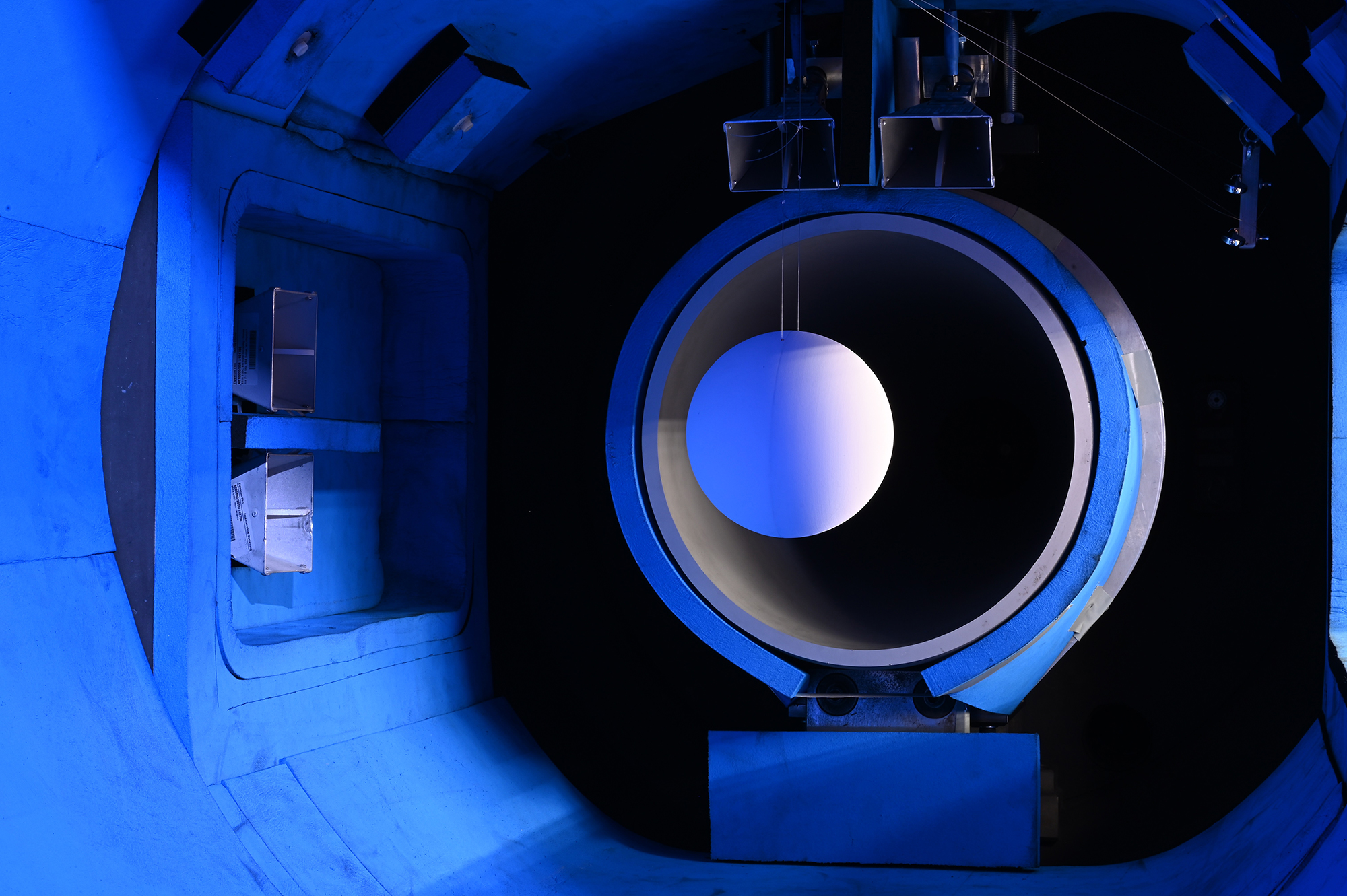
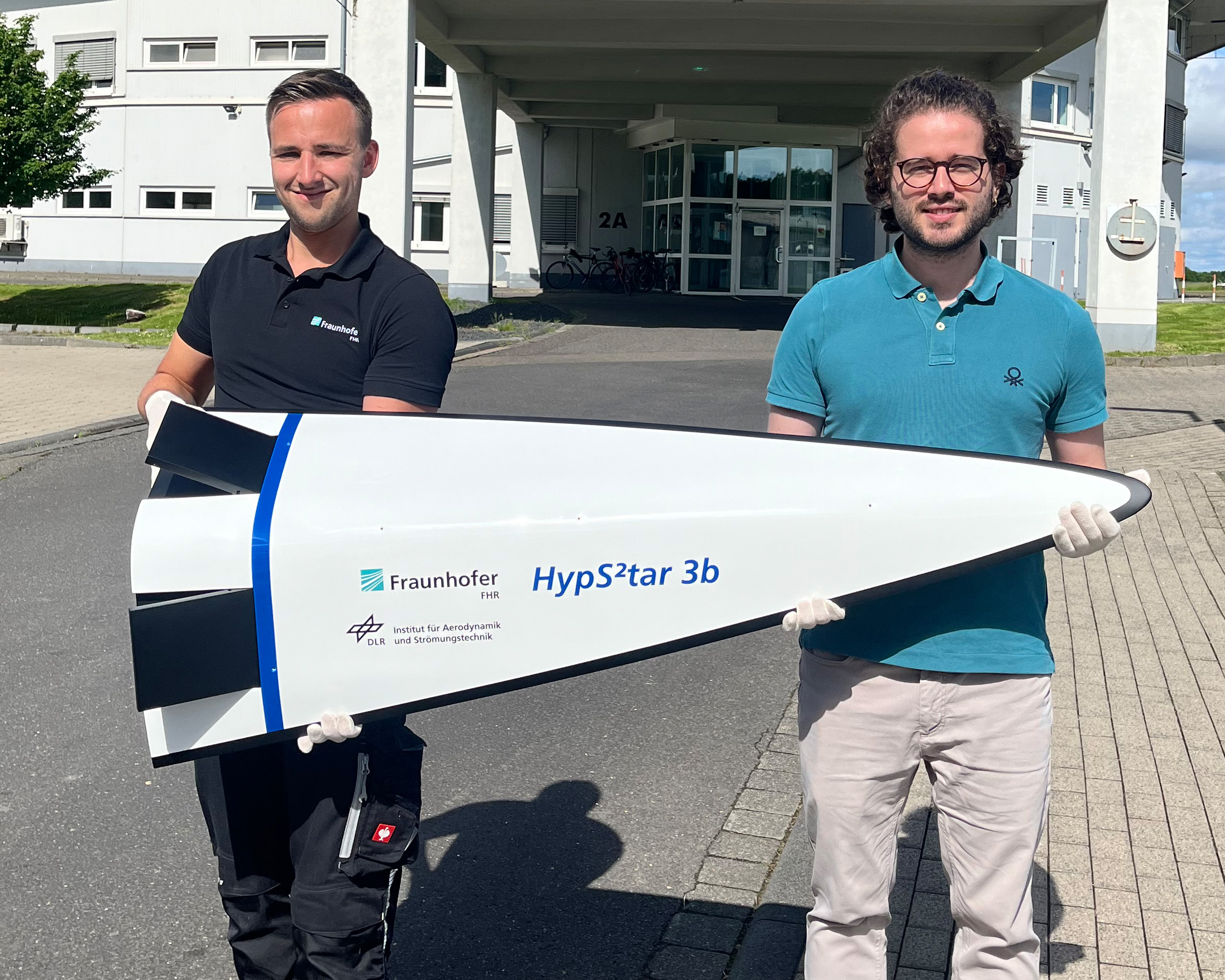
Hypersonic weapons are already present in many arsenals worldwide and increasingly pose a threat to Europe as well. To optimize defense methods, Fraunhofer FHR is investigating radar-plasma interactions in hypersonic flight within the HypS²tar research initiative.
Together with the partners of the interdisciplinary research initiative Hypersonic Signature Studies for Radar (HypS²tar), the Franco-German Research Institute ISL in Saint-Louis and the DLR Institute of Aerodynamics and Flow Technology in Göttingen and Brunswick, Fraunhofer FHR is studying the effects on radar reflection that arise at hypersonic speeds—above five times the speed of sound, Mach 5—on the surface of objects. The high friction and compression of incoming air lead to high-temperature effects such as plasma formation or surface ablation. These can interfere with and alter the reflection of radar waves. To adapt radar systems as a central element of air defense to these conditions, HypS²tar focuses particularly on how the radar cross-section (RCS) behaves at hypersonic speeds.
ISL and DLR wind tunnels enable measurements
Measurements are taken in wind tunnels at ISL and DLR. "We are the first in Europe to have these measurement capabilities. Simulating the behavior of the RCS was already possible before, but verification of the simulation can only be done through experiments—either in expensive flight tests or in the hypersonic wind tunnel, where plasma can also be generated around objects”, says René Petervari, a scientist in the Cognitive Methods department at Fraunhofer FHR.
The wind tunnel experiments are already yielding promising results, confirming radar-plasma signature simulations. "We are currently working on reducing errors, increasing accuracy, and assessing usability," Petervari says. The results are helpful, for example, in classifying and monitoring hypersonic aircraft and ballistic missiles or monitoring spacecraft during launch or re-entry into the Earth's atmosphere.
The work of HypS²tar can also be seen at the ILA Berlin Air Show from June 5-9, 2024, at the Fraunhofer booth no. 240 in hall 4. Here, the initiative will showcase its latest object for wind tunnel investigation: a self-designed 1.5-meter-long wave rider, which has been metallized for measuring its radar cross-section.
